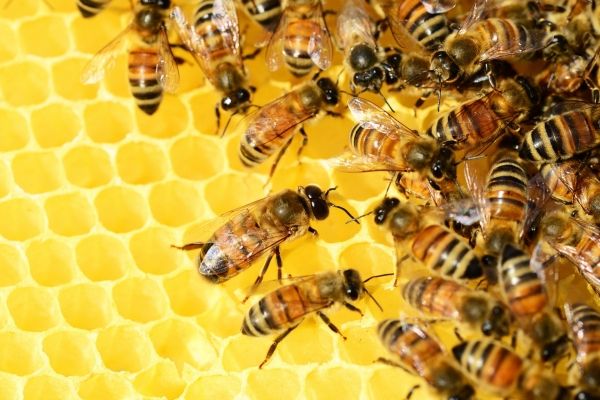Bees are an important factor for our environment and our sustenance. Without insect pollination, many plant species – including various crops – cannot reproduce. “Bee mortality therefore affects food supply for human beings,” stated Professor Sara Leonhardt, who specializes in plant-insect interactions. All of the worldwide more than 20,000 bee species need to be considered. Among these, bumble bees are of particular importance besides the famous honey bee.
“Bees obtain most of their nutrients from their main food sources, which are nectar and pollen. While nectar is mainly a source of carbohydrates, pollen contains most of the other necessary nutrients: proteins, fat, minerals and vitamins. Until today, most bee researchers assumed that bees, like other herbivores, mainly consider the protein content when choosing their food,” Professor Leonhardt explained.
Using a two-step mechanistical approach that included learning and feeding experiments, the group established a new way to literally keep a close eye on the feeding habits of insects.
Learning experiments with bumble bees (Bombus terrestris)
Which nutrients can bumble bees taste in pollen? As a first step, learning experiments helped the scientists to establish the bumble bees’ preference for certain nutrients – in this case fat and protein.
Read more at Technical University of Munich (TUM)


